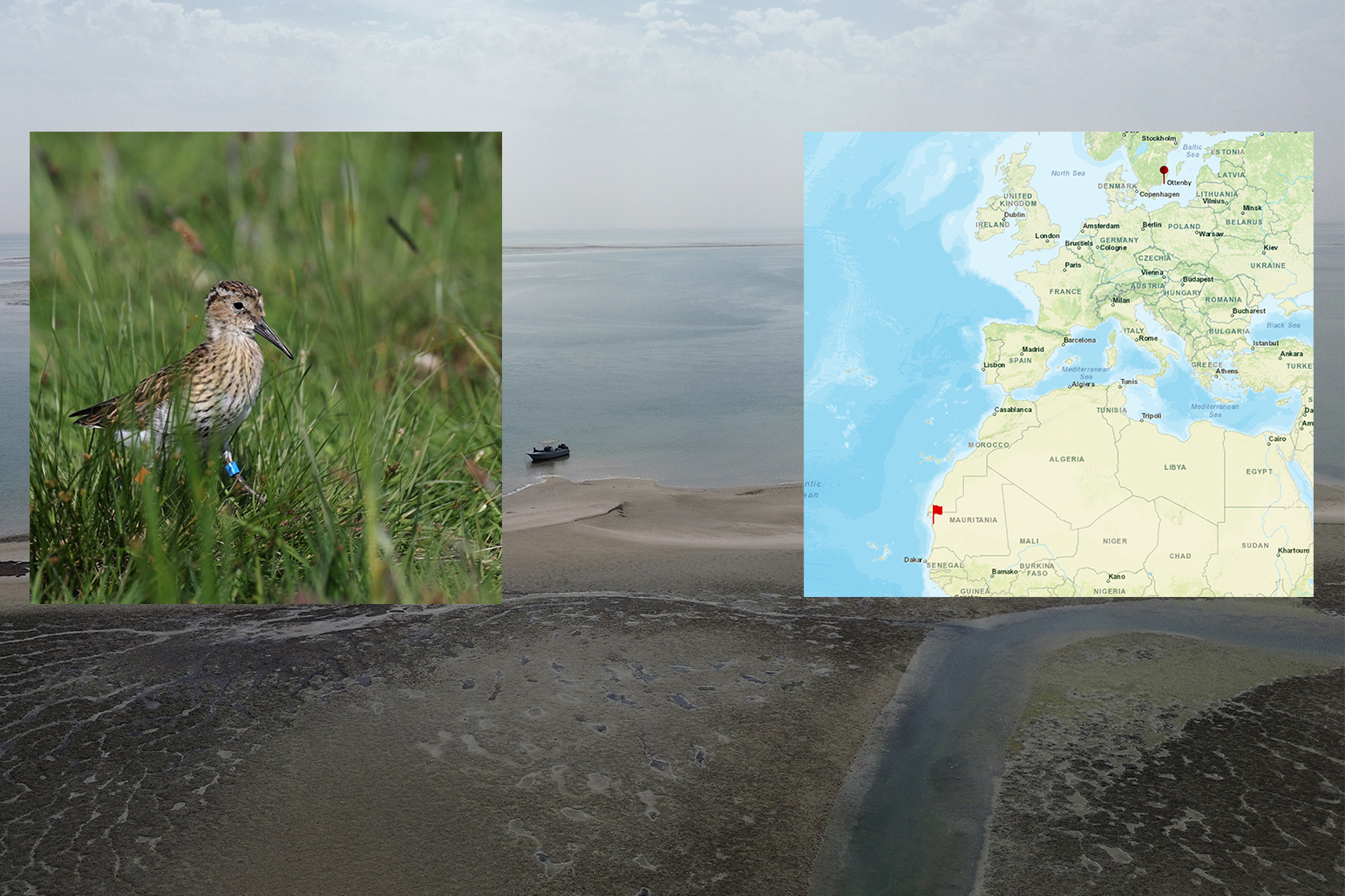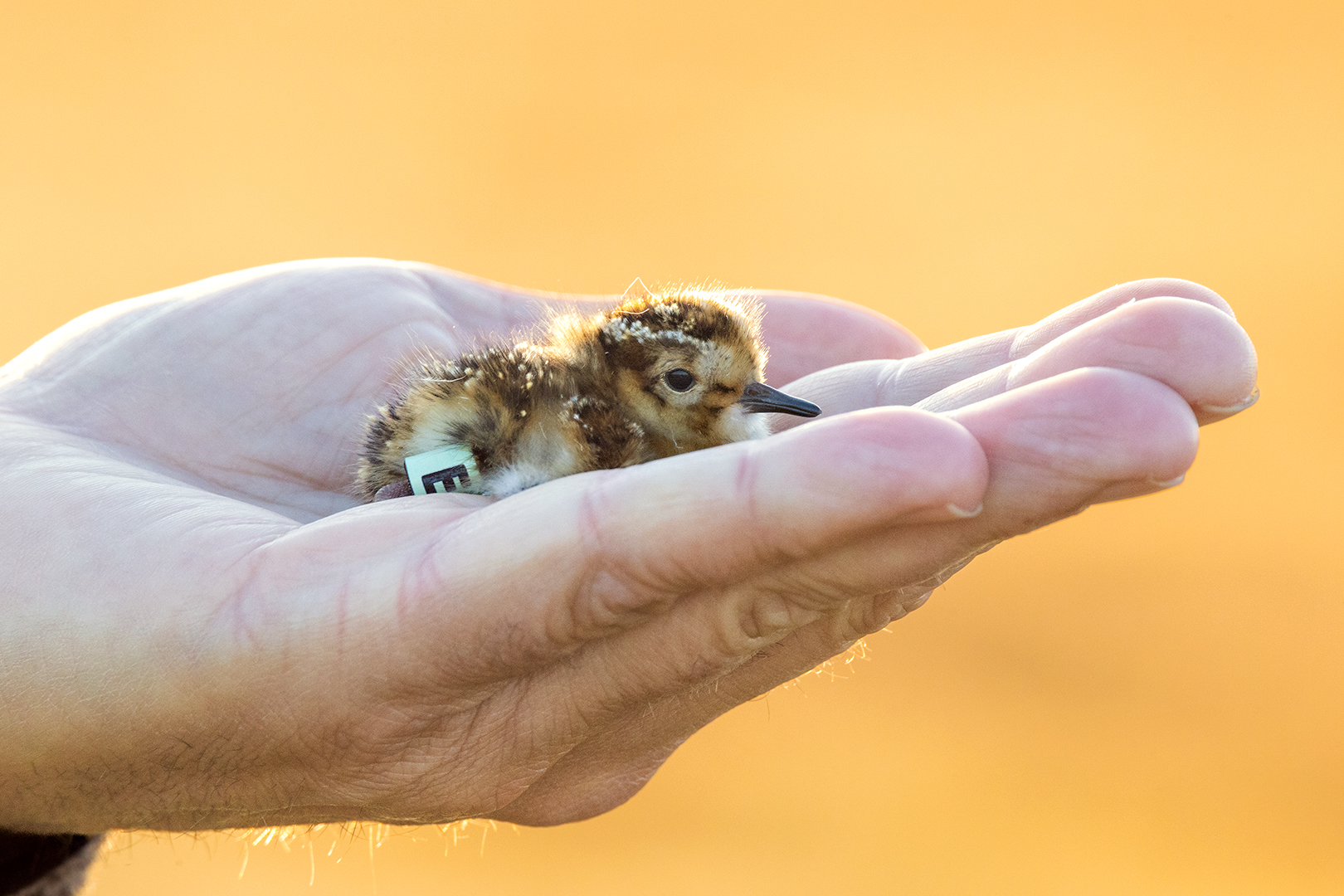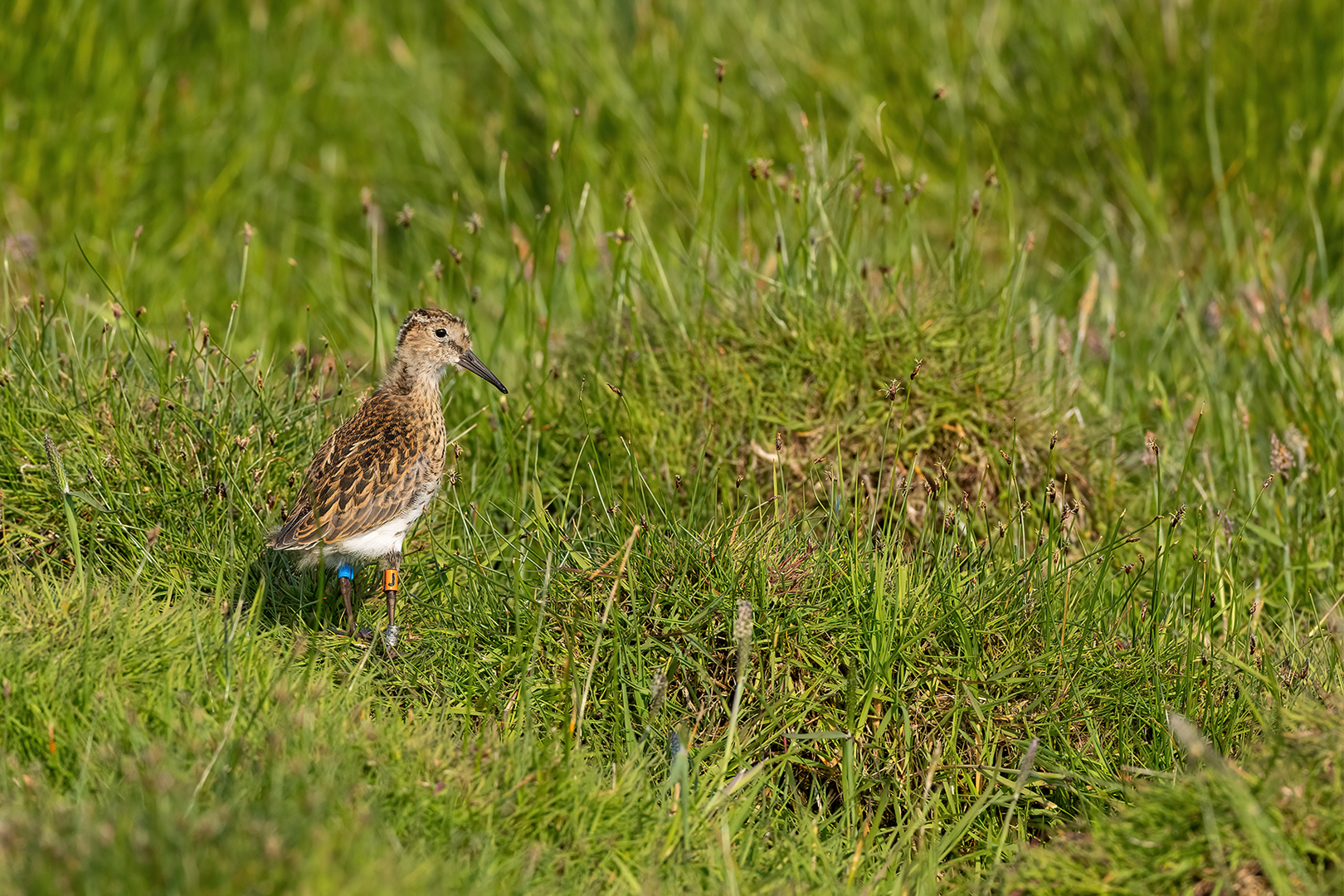
To save a species
The Southern Dunlin Project is a comprehensive project to save one of Sweden’s most endangered birds.
Project news
Follow our work, read more about our efforts in the field and find out what else is happening.
With support from
A major conservation project such as this requires a lot of co-operation.
Together for biodiversity
Today, the southern dunlin is one of Sweden’s most endangered birds. Nordens Ark and BirdLife Sverige are working together in this project which is being financed by Postkodlotteriet (the Swedish Postcode Lottery). We want to save the southern dunlin by:
- Creating better conditions in their habitats.
- Strengthening the population by rearing individuals in captivity
- Learning more by monitoring nest sites
- Spreading knowledge about wetlands and their important role in our ecosystem
If the species disappears…
In the past, the southern dunlin was common in southern Sweden, but over the past 70 years numbers have reduced dramatically. It is classified as Critically Endangered (CR) on the Swedish red list. The species is found in wet, well-grazed, usually coastal, meadows. These environments have reduced significantly in number since the start of the 1900s due to draining, and the cessation of grazing which has resulted in meadows becoming overgrown.
In Sweden the southern dunlin is only found in southwestern Skåne and on Öland. In Skåne there are fewer than 10 pairs (2022) and on Öland probably 60-70 pairs. In Skåne, numbers of southern dunlin have reduced by at least 95% in just 50 years and probably by 99% in 100 years. On Öland the reduction is possibly less, but the numbers have more than halved in 50 years.
If the species were to disappear, it would be a huge setback for Sweden’s nature conservancy and, of course, for the southern dunlin. The species is a flagship species for the important efforts being made in our wetlands and coastal meadows. A large number of endangered species, including many birds, amphibians and vascular plants, need the same living conditions as the southern dunlin. If we make life easier for this bird, then we also help many other species that are at risk of disappearing from our country.


Värdefulla återvändare i Projekt sydlig kärrsnäppa

Årets första sydliga kärrsnäppor utsläppta i det vilda

Emma Nygren
Head of Conservation Programmes
Nordens Ark
Emma is responsible for Nordens Ark’s various conservation projects both national and international. Emma has many years’ experience as a project leader and leads Nordens Ark’s part of the Southern Dunlin Project. She is passionate about the conservation of endangered species, from small insects to large tigers.

Mattias Ullman
Project leader
BirdLife Sweden
Mattias has previously worked with the spring survey of waders, including the southern dunlin, in Skåne for more than 10 years and works in the autumn as the migration counter in Falsterbo, as a part of the Swedish Environmental Protection Agency’s environmental supervision. Mattias has a fervent interest in waders, migration counts, bird identification and travel.

Mikaela Lindbom
Kommunikatör
BirdLife Sweden

Dick Liljegren
Rearing and releasing
Nordens Ark
Dick has worked at Nordens Ark rearing Swedish birds for conservation purposes for more than 20 years. These include peregrine falcons, white-backed woodpeckers, white storks and lesser white-fronted geese. Dick has previously worked in the field with nesting studies of common sandpipers, and he is delighted to be working with wading birds again.

Eleonor Karlsson
Project coordinator
Birdlife Sweden

Marie Mattsson
Communication coordinator
Nordens Ark
Marie is involved with animals and nature inside and outside of her work and has worked with everything from local governmental conservation efforts to communication projects within nature and environmental research. Something that is especially important to her is raising awareness of the common Swedish wildlife – there is so much to discover in your local area.
Storspov.
Foto: Mikael Arinder
Coastal meadows give life to biodiversity
More species benefit from the project











